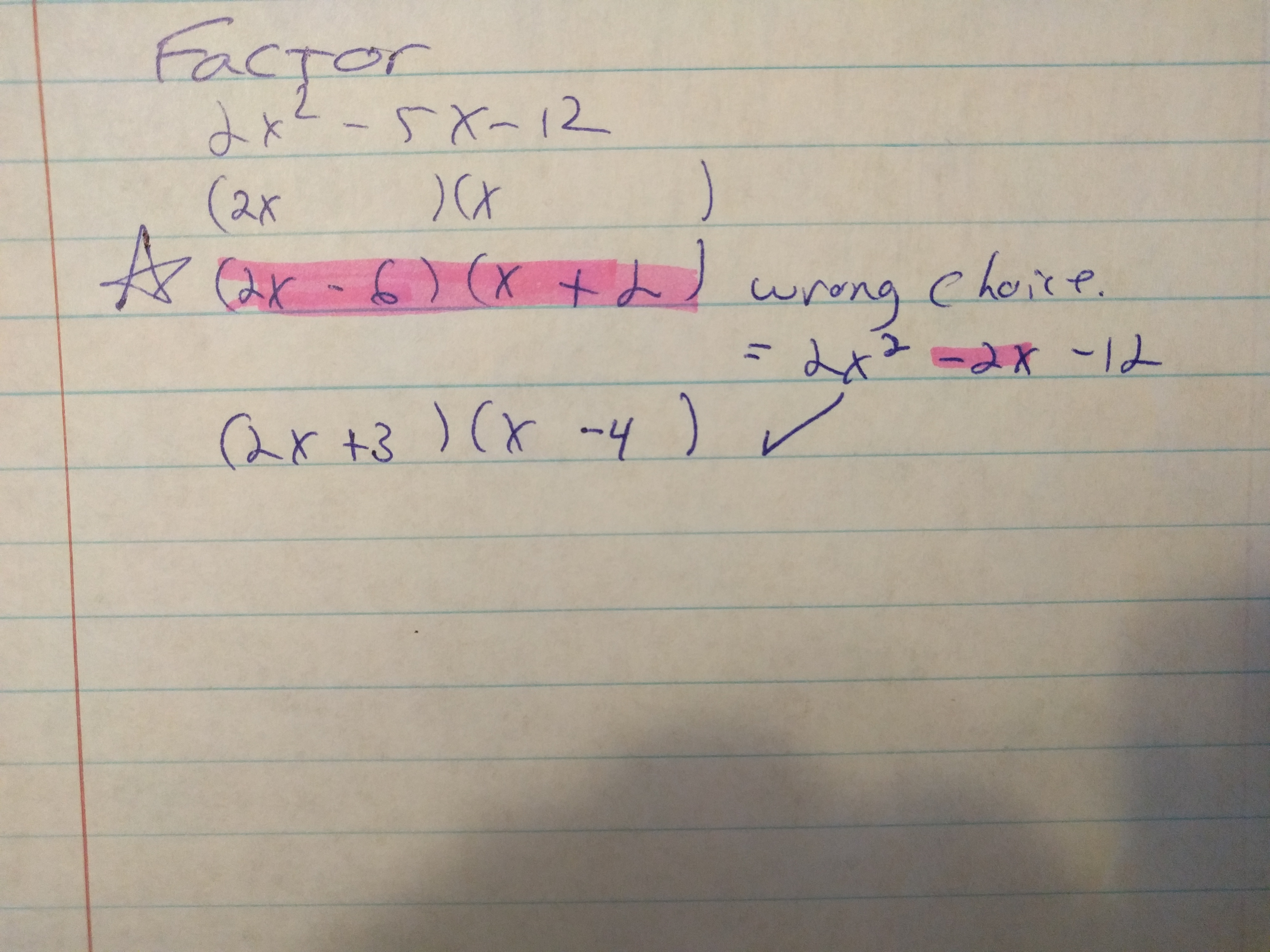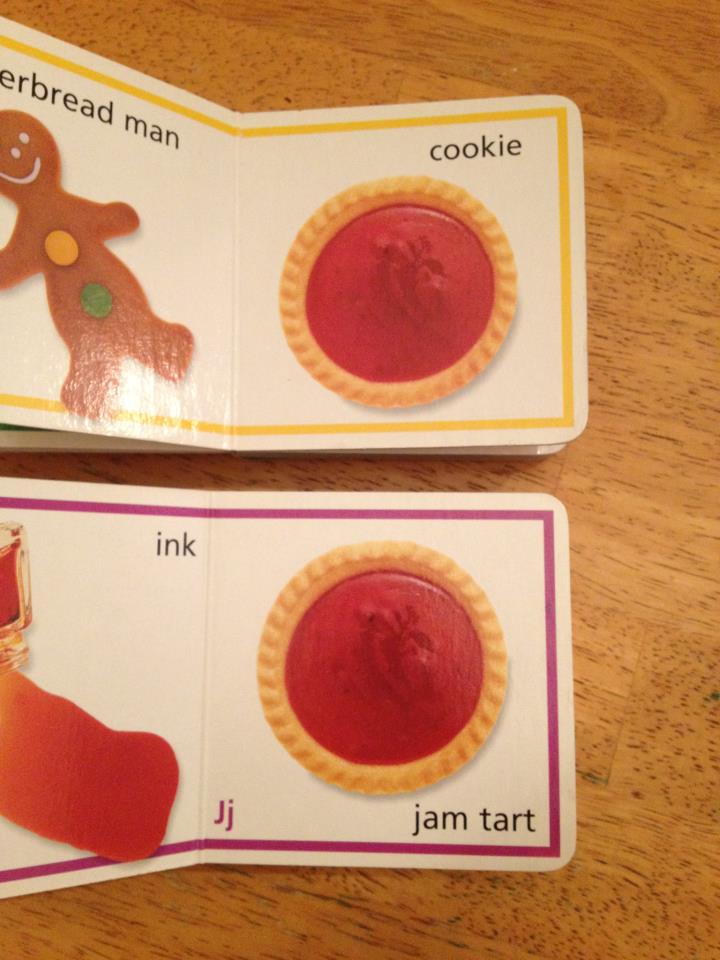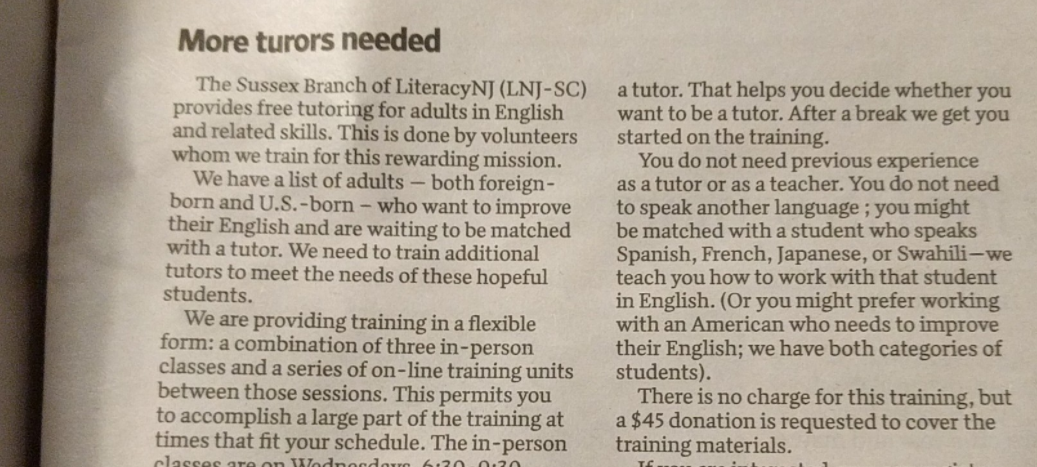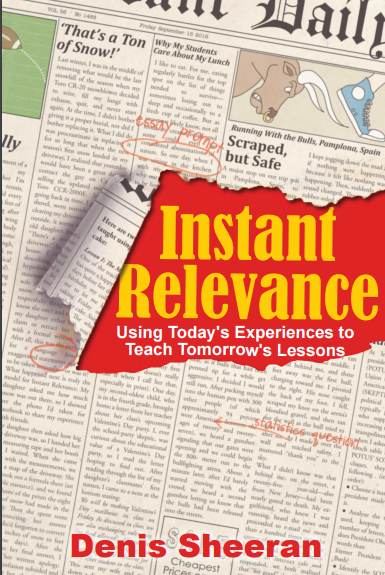Mixed Messages
Mistakes happen all the time. I love taking the opportunity to learn from mistakes, and helping my students do the same. In fact, I’ve encouraged teachers to ONLY USE PEN on math problems! (What?!?!? Is he crazy?) You see, when students make a mistake on a math problem, I don’t want them erasing the mistake. I want them to highlight it, correct it, then move on from that point. This leaves a trail of their thinking for them to review and for me to use to help identify misconceptions in their thinking.
Here’s an example.

I really like doing this because students become self evaluators DURING their practice, not just after a test. Mistakes help us learn.
So today’s #MakeItReal Moment Number 10 comes from this picture I took while reading my 3 year old two different books from the same publishing company recently.

Is this a mistake? My immediate tendency is to jump on Hinkley Books for making a mistake. How could they do this to my young, learning child? She may be forever confused as to what a Jam Tart is now (oh the humanity). But in Instant Relevance, I mention a time when a TV sports commentator made a comment that absolutely made no mathematical sense at all, and how when I told my students about it my classroom filled with mathematical argument and investigation instantly…just because they wanted to prove the commentator wrong.
I also saw this article recently in my local newspaper.

An article about the need for literacy tutors, with the word “tutors” misspelled in the title. A great program, with a mixed message sent to the readers.
So my question to you is this: When you see something like these books, or the article with the misspelled title, do you let it pass by, or do you bring the mixed message into your classroom and let your students work it out? I can tell you from experience, the latter is a lot more fun.
Share some Mistakes, or Mixed Messages you could use in your classroom with me at the #MakeItReal Hashtag on twitter!!!

Remember to use the #MakeItReal Hashtag for sharing ideas!
Connect with Denis Sheeran at Denissheeran.com
Twitter: @MathDenisNJ and
#MakeItReal Chat Every Wednesday 9:30 pm EST for 30 Minutes.
Read Instant Relevance


I brought the mistake into the classroom when my Reading Streets text used a real photograph of the Statue of Liberty but somehow got the hands switched. It made a great conversation for third graders to figure out that it was flipped in photo editing and they probably did it because it fit in the page better.
Making mistakes is a part of every day, in all that we do. I always let my students know that making mistakes is inevitable, especially in mathematics and that it is OK to do so. Making errors helps us to become better, stronger thinkers and causes us to pause and reflect more.
While students may believe that teachers know it all, I acknowledge my mistakes so that students see that it is OK to do so. Also, at times I make mistakes or mis-state something to see who is paying attention in order to open the floor for discussion, and to further assess.